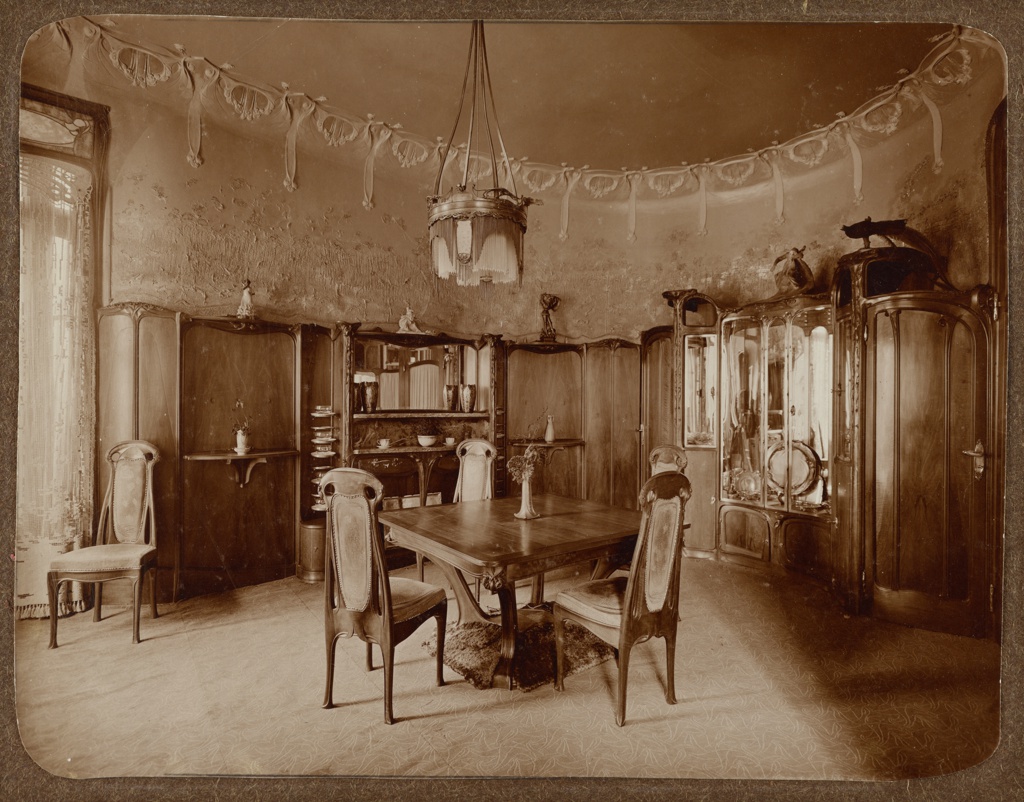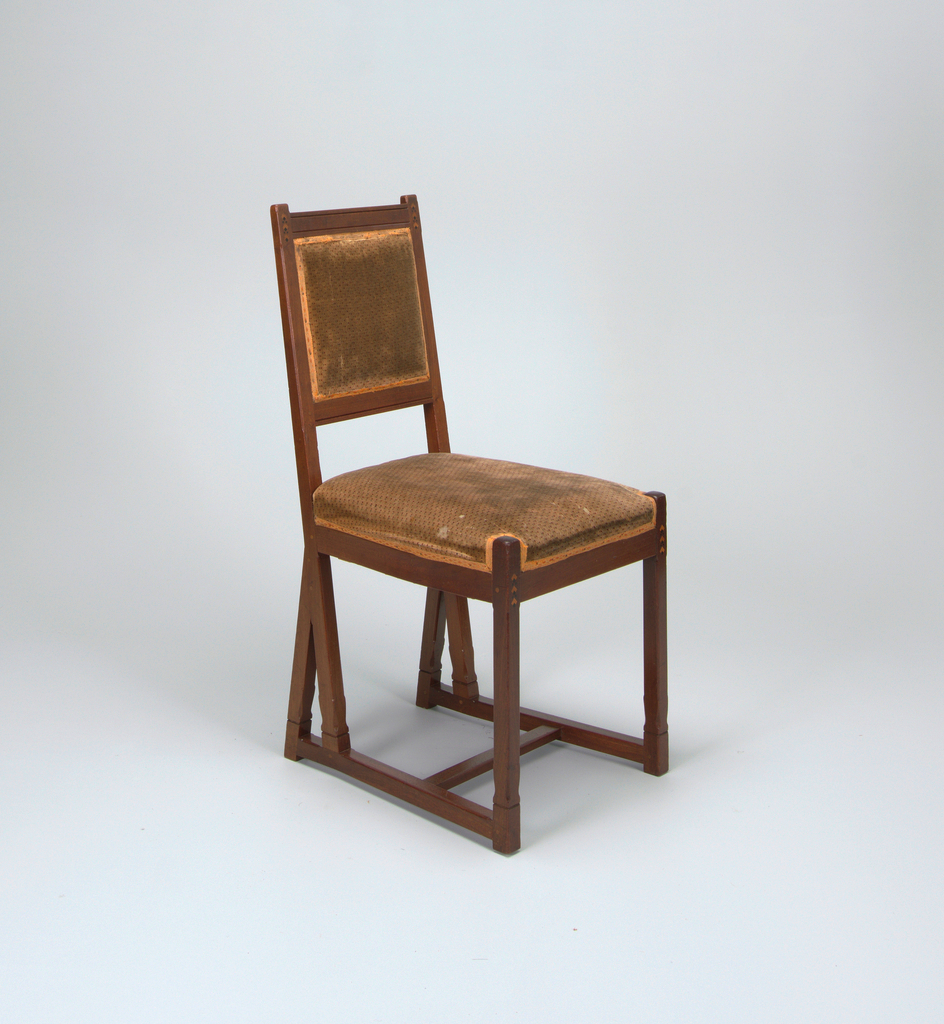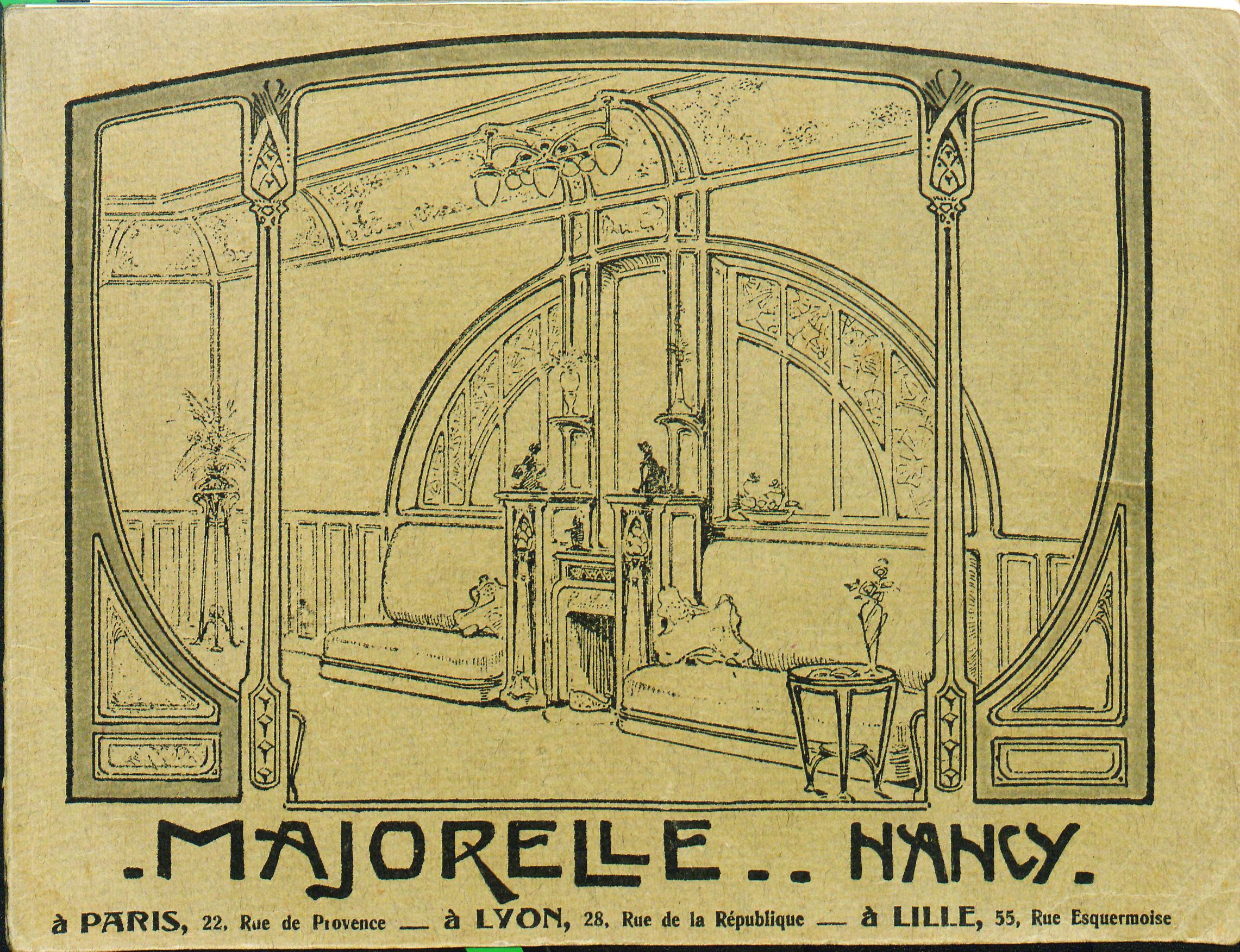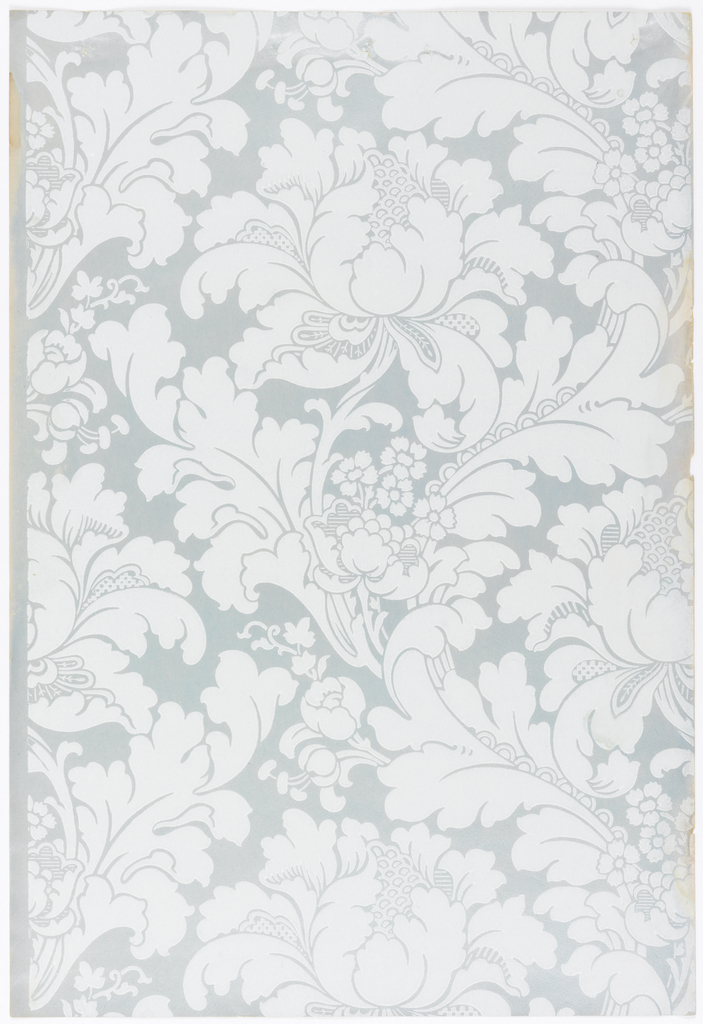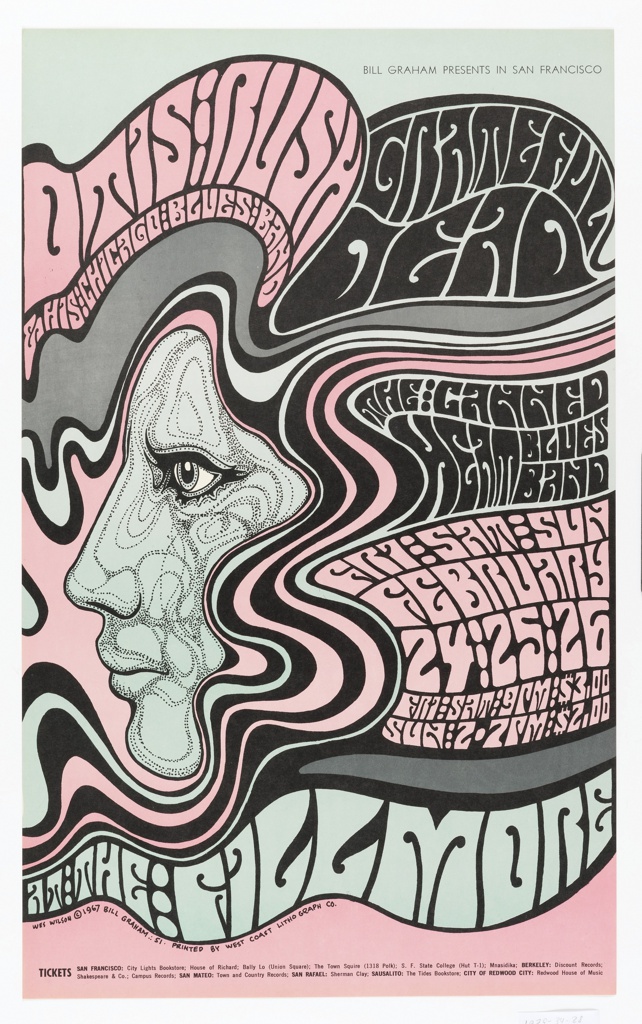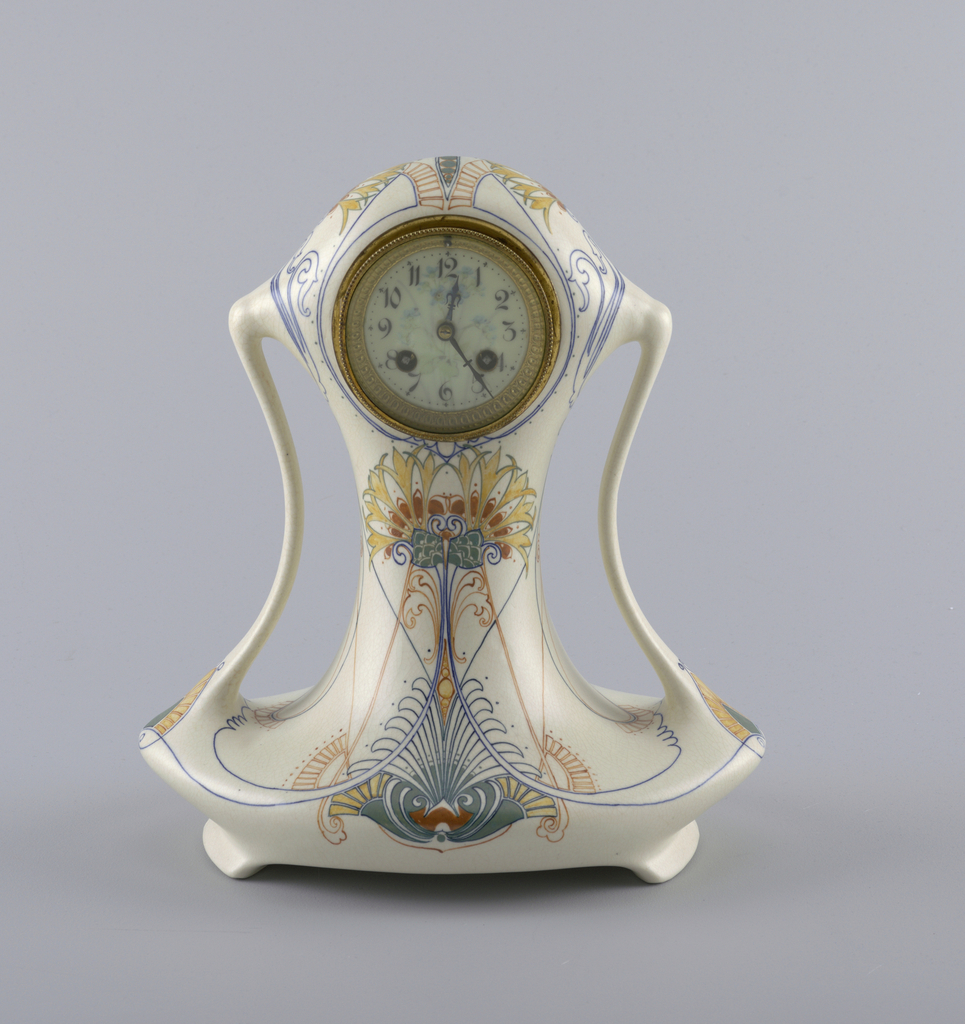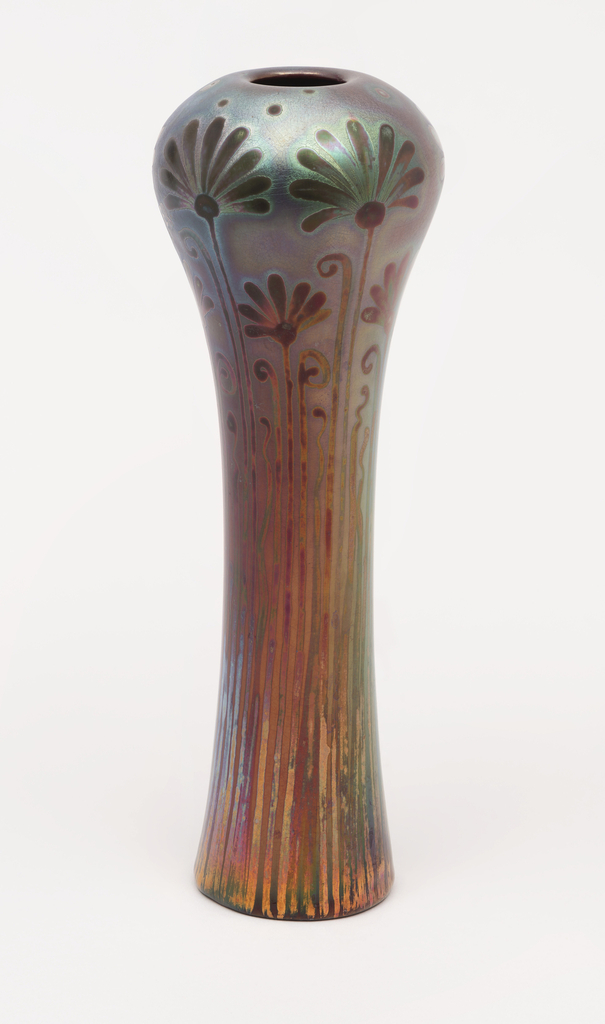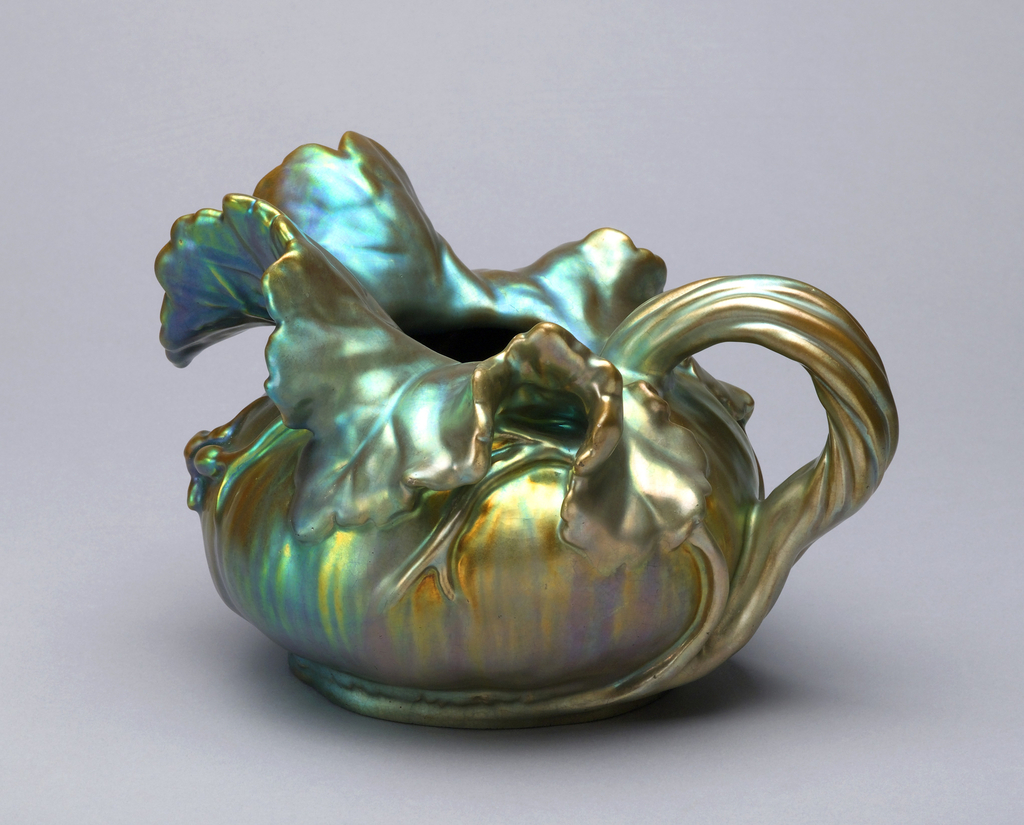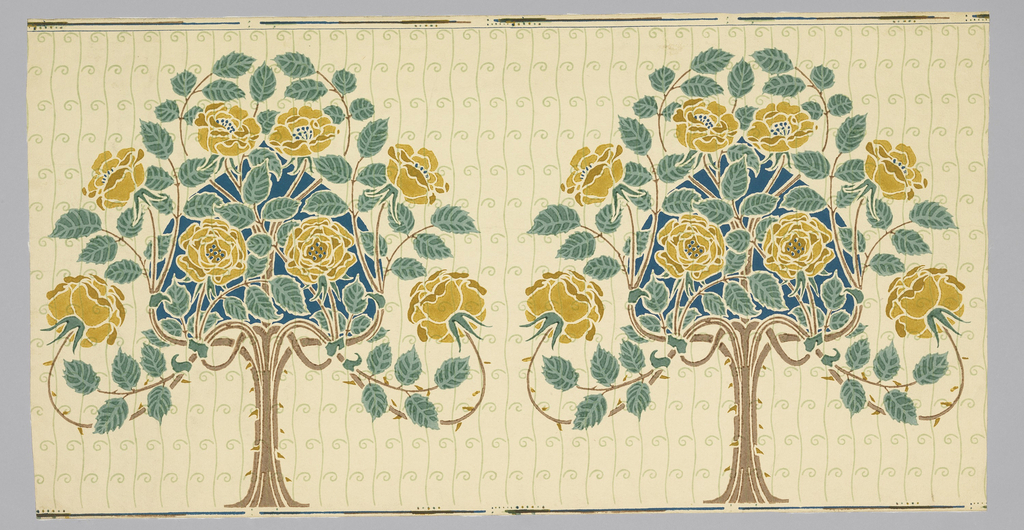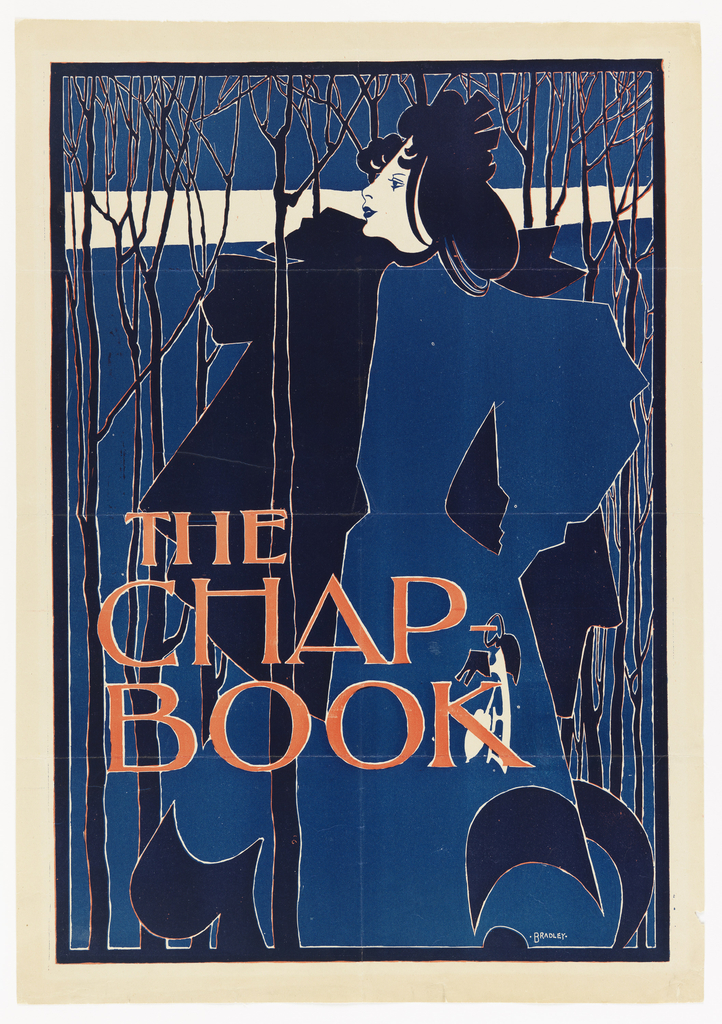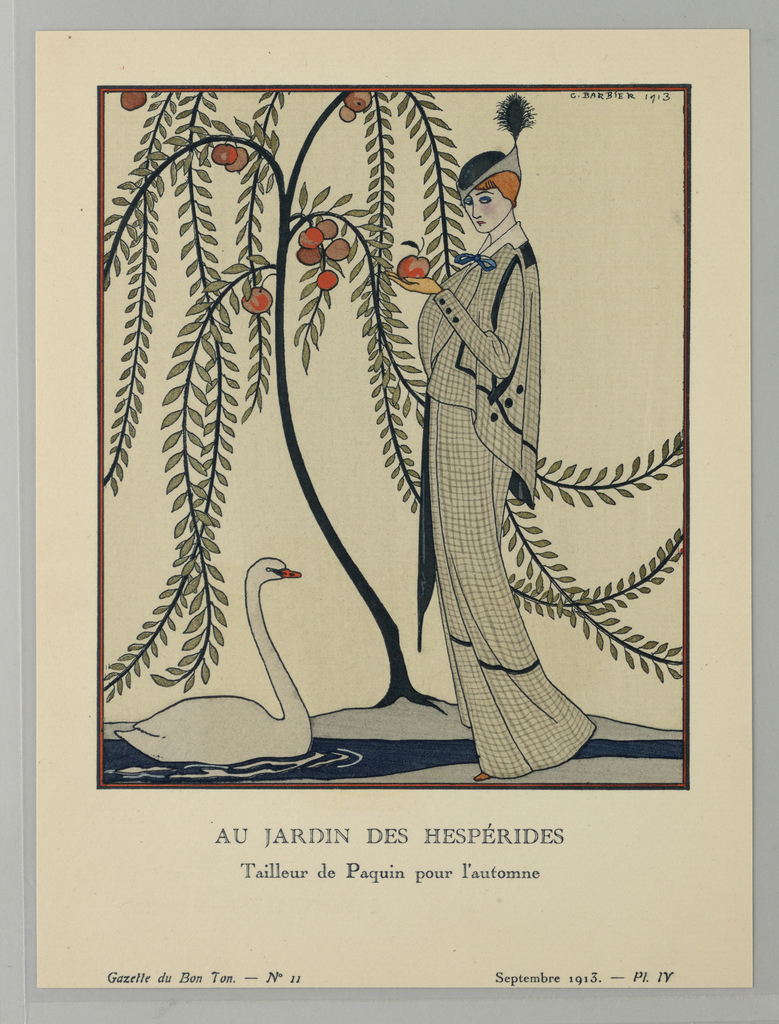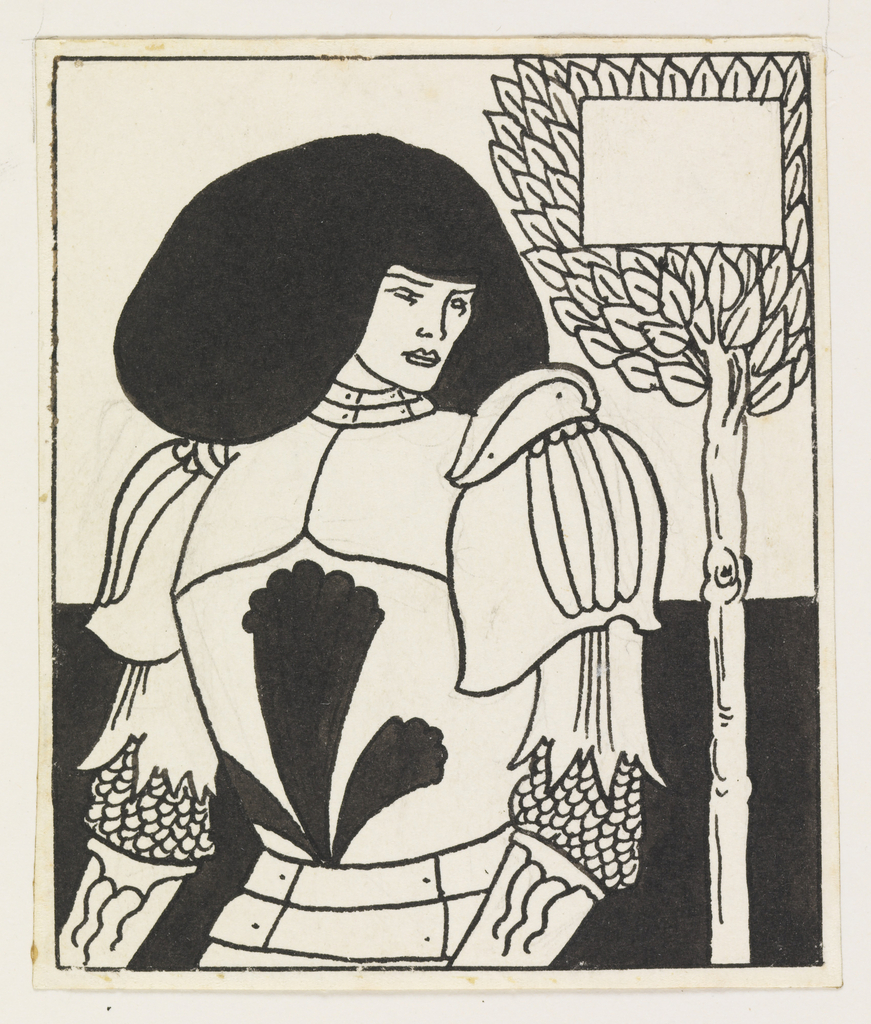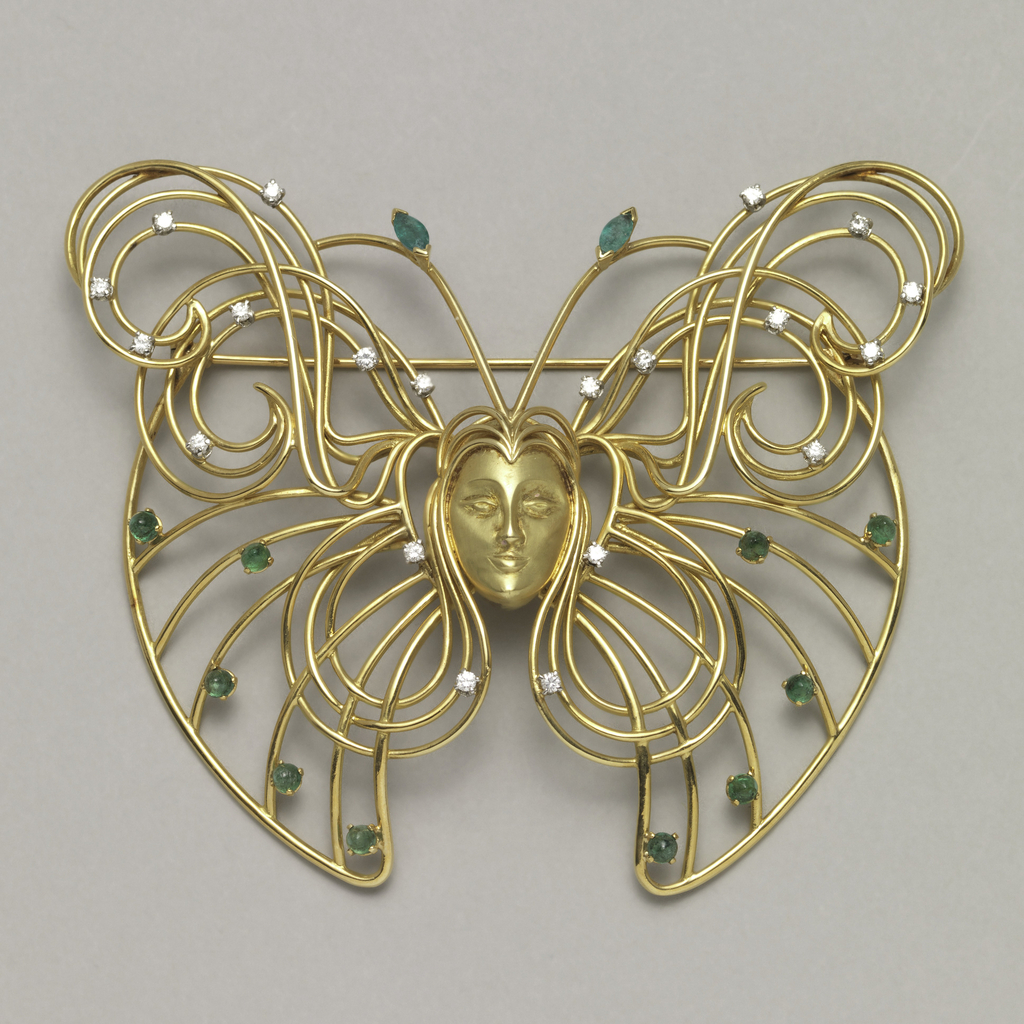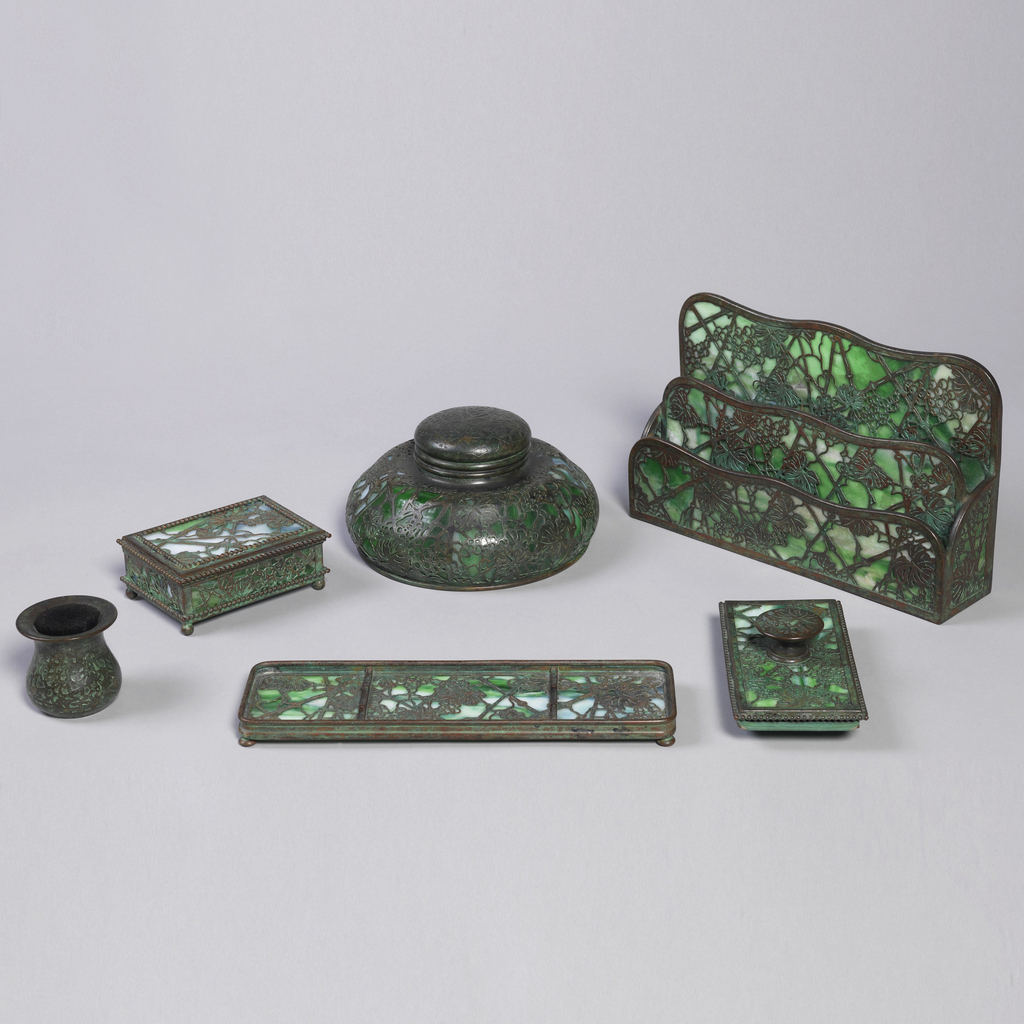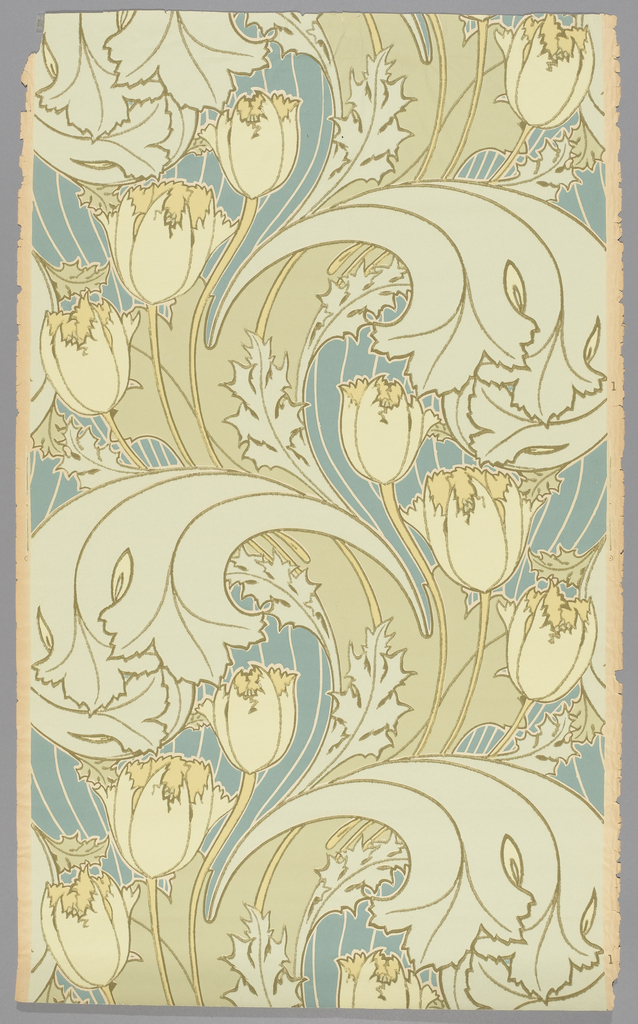Delve into the life and legacy of one of France's most famous architects.
Refined, rational, and demonstrably Dutch, this was the aim when Hendrik Petrus Berlage designed this chair for the Amsterdam-based firm, ‘t Binnenhuis (The Interior). This important architect and designer opened the firm in 1900 in collaboration with the insurance company director, Carel Henny, jeweler, Willem Hoeker, and interior designer, Jacob van den Bosch.[1] Motivated by...
Authors: Stephen Van Dyk and Adrienne Meyer This early 20th century trade catalog in the Cooper Hewitt Library includes furniture, lighting, and decorative objects in the art nouveau style created by the French firm of Majorelle. Louis Majorelle (1859-1926), an important French furniture manufacturer, took over his father Auguste’s cabinet making workshop in Nancy in...
This floral wallpaper was produced in the early 20th century where the large-scale floral motif and scrolling stem and foliage convey the organic and sensuous nature of the art nouveau style. This paper is part of an unbound wallpaper sample book that contained a wide variety of designs in the art nouveau and Mission styles....
A pioneering example of psychedelic design, this work was one of the 56 posters that Wes Wilson produced between 1966 and 1968 for the Fillmore Auditorium in San Francisco. The posters were commissioned by the rock concert promoter Bill Graham, who gave Wilson free rein over his designs until disputes about money severed their connection....
This Dutch glazed earthenware clock, manufactured in 1910 by the Arnhem Faience Factory exemplifies the Art Nouveau style, or Nieuwe Kunst as it was called in the Netherlands, prevalent in that country from about 1892 to 1910. Art Nouveau had origins in England and quickly gained popularity in France and the rest of Europe as...
To celebrate the opening of Iridescence, on view through March 24, 2019, Object of the Day this week will feature iridescent objects in the collection. This vase with its shimmering colors and fluid lines was designed by Jacques Sicard for the Weller Pottery between 1902 and 1907. It was created using gray-white clay and is...
To celebrate the opening of Iridescence, on view through March 24, 2019, Object of the Day this week will feature iridescent objects in the collection. This turn-of-the-twentieth-century leaf-form pitcher utilizes the innovative eosin reduction glazing technique developed and trademarked by the Hungarian porcelain firm Zsolnay only a few years earlier. Lusterware, which had been revived...
This is a wallpaper frieze containing stylized rose bushes printed on a striped and swirled ground, while an upside down heart motif placed behind the bush defines the shape of the climbing roses. The motif of the rose vines is nearly symmetrical and the delicacy of the scrolling and curving vines shows the influence of...
With the temperature outside at record highs this week, I can’t help but think of William Henry Bradley’s The Blue Lady. Clutching her ice skates in her left hand, she makes a cold winter’s stroll through the thin, bare trees look elegant and placid. The Blue Lady was Bradley’s second poster for The Chap-Book, America’s...
George Barbier’s Au Jardin des Hespérides (Garden of the Hesperides) appeared in 1913 in Gazette du Bon Ton. Translated as the “Journal for Good Taste,” it was intended for an elite readership concerned with high-society culture and entertainment, as well as the latest developments in fashion and beauty. The publication was led by the publishing...
The publisher J.M. Dent was an admirer of William Morris’s Kelmscott Press, founded in 1889 and known for expensive, lavish publications featuring illustrations and decorations by artists such as Edward Burne-Jones printed from hand-cut woodblocks. Dent conceived the idea of producing books in the style of the Kelmscott Press but at a much lower cost,...
This brooch, entitled Melusine, was designed by Marie-Claude Lalique and dates to about 1965. Made of thin gold wire, the brooch features the face of a woman whose hair swirls and coils into the wings of a butterfly. The piece is enhanced with a scattering of diamonds and emeralds. The date of 1965 may be...
In this age of electronic assistants, it is hard for many to fathom a time when telephone service was limited and mail, or what today is referred to as “snail mail”, was the order of the day. During the early decades of the twentieth century written letters were the most common form of communication, and...
Stylized tulips and acanthus leaves flow skywards through this sidewall from the early eighteen nineties as though they are caught in a fast running stream. Their dynamic movement captures the eye and draws it along the sinuous curves of lithe stems and broad fronds that weave their way across the paper. Such a design is...
